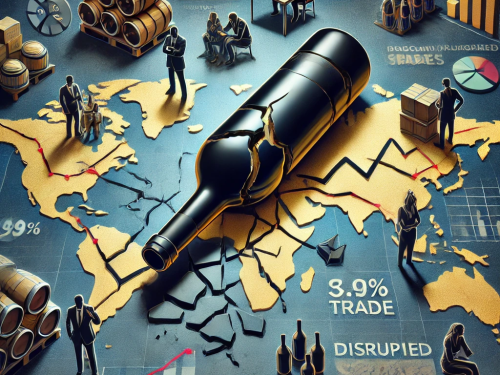Wine Tariffs crucial drawbacks
1. Higher Prices for Consumers:
- Reduced Affordability: This is the most direct impact. Tariffs increase the cost of imported wines, making them less accessible to consumers, especially those on a budget.
- Limited Choice: Higher prices might force consumers to buy less wine or choose cheaper alternatives, potentially reducing the variety and quality of wines they enjoy.
2. Harm to Domestic Businesses:
- Increased Costs for Businesses: Tariffs can also affect domestic businesses that rely on imported wines or related products. Restaurants, retailers, and importers might face higher costs, which they may need to pass on to consumers or absorb, impacting their profitability.
- Retaliatory Tariffs: Trading partners might retaliate with tariffs on other goods, including those exported by the country that imposed the initial tariffs. This can harm domestic industries and lead to job losses.
3. Negative Impact on Global Trade:
- Trade Disruptions: Tariffs can disrupt established trade relationships and reduce the overall volume of international trade. This can harm global economic growth.
- Trade Wars: Tit-for-tat tariff increases can escalate into trade wars, creating uncertainty and instability in the global economy.
4. Potential for Inefficiency:
- Reduced Competition: While tariffs can protect domestic producers in the short term, reduced competition can lead to complacency and a lack of incentive to innovate or improve efficiency.
- Higher Prices for Domestic Wines: With less competition, domestic wine producers might also raise their prices, ultimately harming consumers.
5. Limited Effectiveness:
- Circumventing Tariffs: Importers might find ways to circumvent tariffs, such as mislabeling products or importing through third countries. This can undermine the intended effects of the tariffs.
In conclusion, while wine tariffs can be a tool to protect domestic industries and generate revenue, they also have significant potential drawbacks. It's essential to carefully consider these drawbacks and weigh them against the potential benefits before implementing or supporting such measures.

